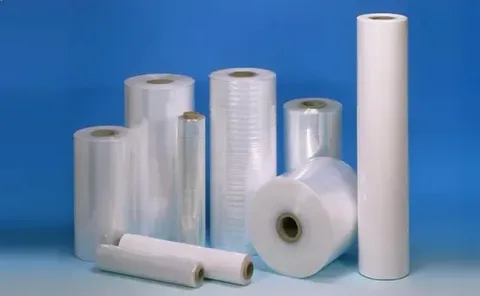Shrink wrap is a versatile packaging material widely used across various industries for its protective and aesthetic qualities. From wrapping consumer goods to securing pallets for shipping, shrink wrap has become a go-to solution for businesses aiming to ensure product safety and presentation. This article explores The Ultimate Guide to Shrink Wrap: Uses, Types, and Benefits to help you understand why this packaging method is so popular and how it can serve your needs.
What Is Shrink Wrap?
Shrink wrap is a plastic film that tightly covers an object when heat is applied. The heat causes the film to contract and conform to the shape of the item being wrapped. This creates a secure, tamper-evident seal that protects the product from dust, moisture, and damage during transport or storage.
Common Uses of Shrink Wrap
Shrink wrap is used across a wide range of industries. Here are some of the most common applications:
1. Retail Packaging
Shrink wrap is frequently used to package DVDs, books, cosmetics, electronics, and other consumer goods. It keeps products clean and gives them a polished, professional appearance.
2. Food Packaging
In the food industry, shrink wrap is used to package items like meats, cheese, and produce. It helps preserve freshness and extends shelf life by protecting food from contaminants.
3. Industrial and Shipping
Large shrink wrap rolls are used to secure goods on pallets or even to wrap entire vehicles or machinery. This ensures that items stay intact during transportation and are protected from weather elements.
4. Promotional Bundles
Manufacturers use shrink wrap to bundle multiple products together for special promotions or bulk sales. This allows for convenient handling and effective marketing.
Types of Shrink Wrap
There are several types of shrink wrap available, each suited for different purposes. The Ultimate Guide to Shrink Wrap: Uses, Types, and Benefits wouldn’t be complete without understanding the most commonly used varieties:
1. PVC Shrink Wrap
Polyvinyl Chloride (PVC) is inexpensive and widely used in retail. It offers clarity and good strength but can become brittle over time.
2. Polyolefin Shrink Wrap
This is a more durable and flexible alternative to PVC. It is FDA-approved for food contact, resists tearing, and doesn’t emit strong odors when heated.
3. Polyethylene Shrink Wrap
Primarily used for heavy-duty industrial applications, polyethylene is thicker and tougher. It’s commonly used for wrapping boats, pallets, and large machinery.
Key Benefits of Using Shrink Wrap
Using shrink wrap offers several advantages that make it a superior choice for packaging:
1. Protection
Shrink wrap guards against dust, dirt, moisture, and tampering, which is essential for maintaining product quality.
2. Durability
High-quality shrink wrap is puncture-resistant and provides a strong barrier, even under rough handling.
3. Visibility
Clear shrink wrap allows customers to view the product while still providing protection. This enhances product appeal on store shelves.
4. Cost-Effectiveness
Shrink wrapping is generally more affordable than other forms of packaging and requires minimal storage space.
Conclusion
Whether you’re in retail, food service, or industrial shipping, shrink wrap can offer a practical and economical packaging solution. The Ultimate Guide to Shrink Wrap: Uses, Types, and Benefits has covered the essential information you need to choose the right type of shrink wrap for your application. With its versatility, strength, and visual appeal, shrink wrap remains a top choice for businesses seeking reliable product protection.


